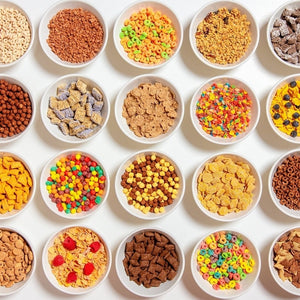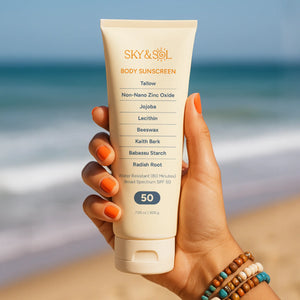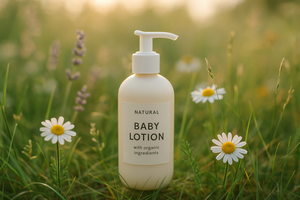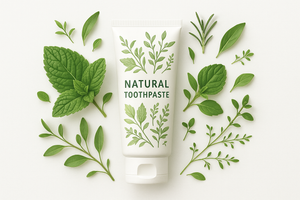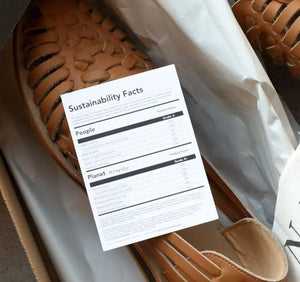Bad Ingredients in Most Cookies
Some of the brands of cookies I looked at while researching this guide didn’t contain a single ingredient I would call Good Stuff. Still, there are a few types of ingredients that I’m particularly concerned about, with sweeteners and fats being at the top of my list.
Sugars
The problem with many cookies is that the sweetener they use. You’ll see not only highly refined white sugar, but also high fructose corn syrup, in most cookies you can buy in a regular grocery store.
High fructose corn syrup is an industrial food product, far from a “natural” substance. It’s cheaper than sugar because of government subsidies and therefore it’s the sweetener of choice in most big cookie brands. Any cookie we reviewed that contained corn syrup was immediately deemed Bad Stuff or Sneaky Stuff.
You’ll find cookies in our Okay Stuff category that contain sugar, but you’ll notice that it’s always cane sugar. While cane sugar and white sugar are both made from sugar cane, cane sugar juice does not undergo the same degree of processing that refined sugar does. Cane sugar therefore retains more nutrients. I understand that maple, honey, and coconut sugar are still sugar, however, all of them offer some benefits either from nutrients or a slightly lower glycemic index.
And what about agave? This sweetener ranks relatively low on both the glycemic index and glycemic load scales because it has a high content of fructose. Fructose doesn’t spike blood sugar levels because the body doesn’t metabolize it efficiently, but research show that fructose is bad for our livers and causes obesity. And agave contains more fructose even than high fructose corn syrup so should probably be avoided. (For comparison, maple syrup has a much lower fructose content than agave.)
Of all the cookies that you’ll see we recommended below, the one with the lowest sugar per serving is the Simple Mills (4 grams of sugar).
Fats
My other major concern with most store-bought cookies is the type of fat used. Partially hydrogenated oils (vegetable, soybean, cottonseed, etc.) are a source of unhealthy trans fats. These oils are used widely in fried and packaged foods because they’re cheap and they greatly extend a food’s shelf life. Unfortunately, they’re really bad for us.
Trans fats raise the risk of heart disease by raising LDL (“bad cholesterol”) and lowering HDL (“good cholesterol”). Human milk contains trans fat if the breastfeeding mother consumes it; the more she eats, the higher the concentration of trans fat in her milk and in her baby’s blood. Trans fat is implicated in cancers of the prostate, diabetes, infertility, Alzheimer’s, obesity (even with similar caloric intake), depression, and other maladies.
Partially hydrogenated oils have been banned in several countries (such as Denmark and Switzerland), states (California), and cities (Calgary, New York City, and others). But you’ll still find transfat them in lots of packaged cookies!
Note: Be wary of packages that say “0g trans fats (per serving).” This does not mean that the food is trans-fat free. It just means that there is a half gram or less of trans fat per serving. (Thanks, labeling laws!) If you look at the ingredient list, you may still see partially hydrogenated oils listed. And even though the amount may be relatively small, trans fats can add up in our diets—this is especially true for kids.
Canola oil is another popular fat in packaged cookies. The vast majority of canola oil (if it’s not organic) comes from genetically modified rapeseed plants. Canola oil is the product of a lot of processing, involving chemicals and high temperatures that can compromise the fatty acids, even hydrogenating some. It’s only been part of our food system since the 1970s. I try to avoid canola oil when possible.
Sunflower oil is also used in many baked goods, and while it does confersome health benefits, it is less healthful when heated. Sunflower oil is high in omega-6 fatty acids. Omega-6 fatty acids are oversupplied in the Western diet, while the crucial omega-3s are undersupplied. The resulting imbalance contributes to cardiovascular disease and inflammatory response in the body. Experts recommend low-heat cooking methods when using sunflower oil. Baking is considered a medium heat method, which is better than high heat (such as deep-frying). I eat some sunflower oil because it is in so many snack foods. I try to keep it minimal.
You’ll see when we go into more detail below that many of the Good Stuff brands use coconut oil as a fat for their cookies. If you want a cookie that uses good old fashioned butter, check out Highkey or Tate’s (both only Okay Stuff for other reasons!).











































